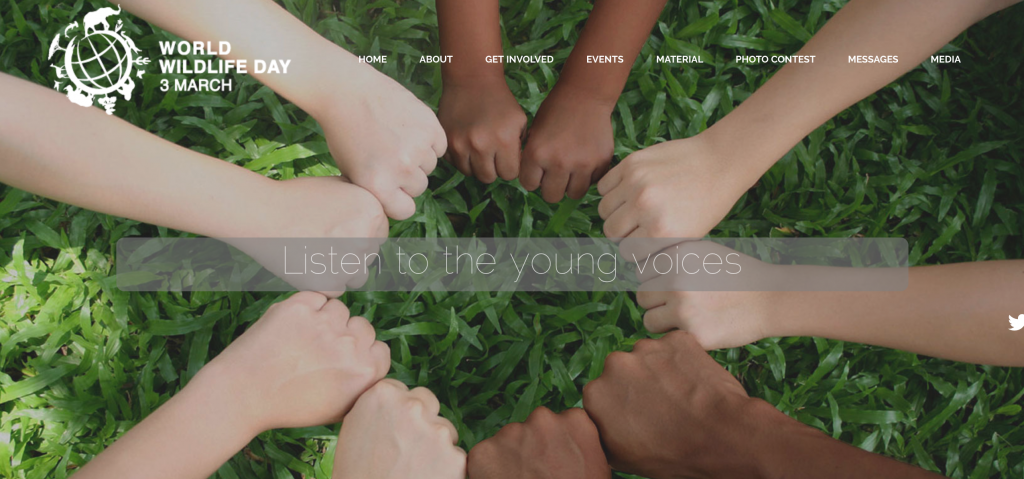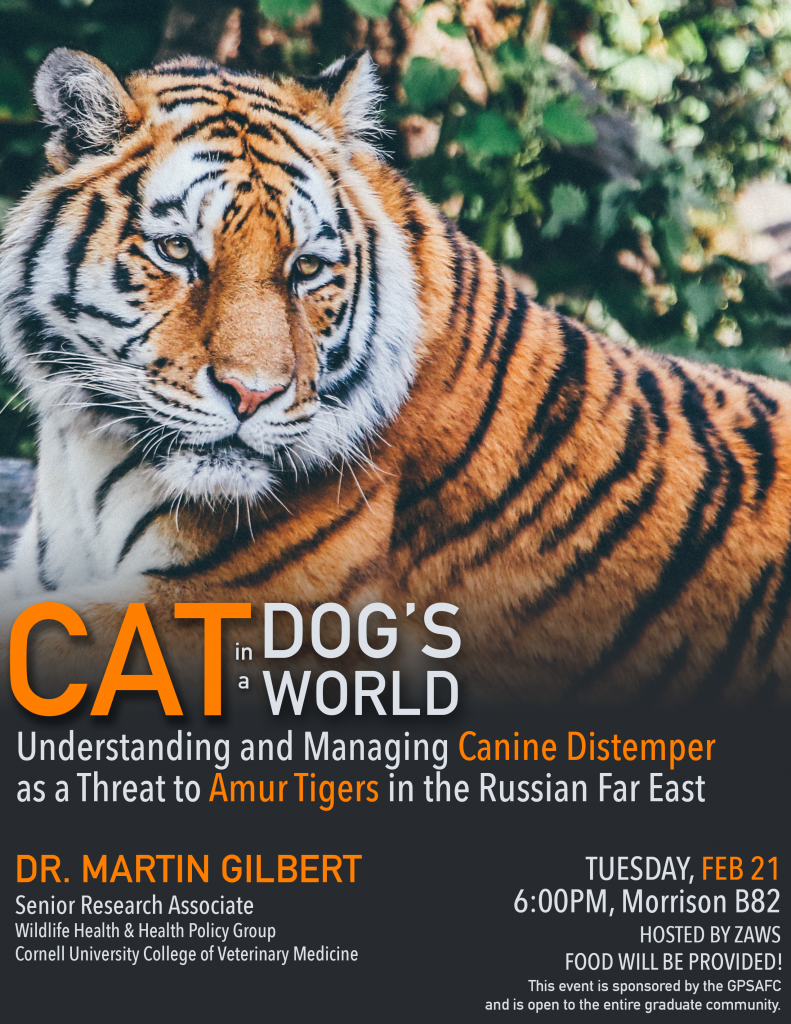A message brought to you by the Cornell Elephant Listening Project.
In a time of global uncertainty and increased tension, elephants have just been given their best chance of survival since the start of Africa’s exploitation centuries ago. China’s president Xi Jinping has followed through on an agreement with Barak Obama to commit to a timetable for reducing the brutal demand for ivory that is wiping out Africa’s elephants.
China has promised that it will have stopped domestic trade in ivory by the end of 2017. China represents the world’s largest ivory market. If the bottom drops out of the market, the incentives to kill will drop, too.
As WildAid said so well:
“When the buying stops, the killing can too”
We need to recognize that ending trade will be very difficult, and it is important to empathize with the many artisans who will lose jobs. But this is intervention is a critical step towards saving the African elephant, and it is intervention on a scale that will make a difference.
While it is our responsibility to recognize positive steps, we also must raise our voices when needed so that the promise is kept. Spread the news about this trade ban, and help China receive recognition for following through on this important promise.
The bar has been set – thank you, China.
Stay Connected:
- Watch “Saving Elephants” on Vimeo.
- Connect with Cornell’s Elephant Listening Project on Facebook or Twitter.
- Read an article on WildAid about China’s Promise.




